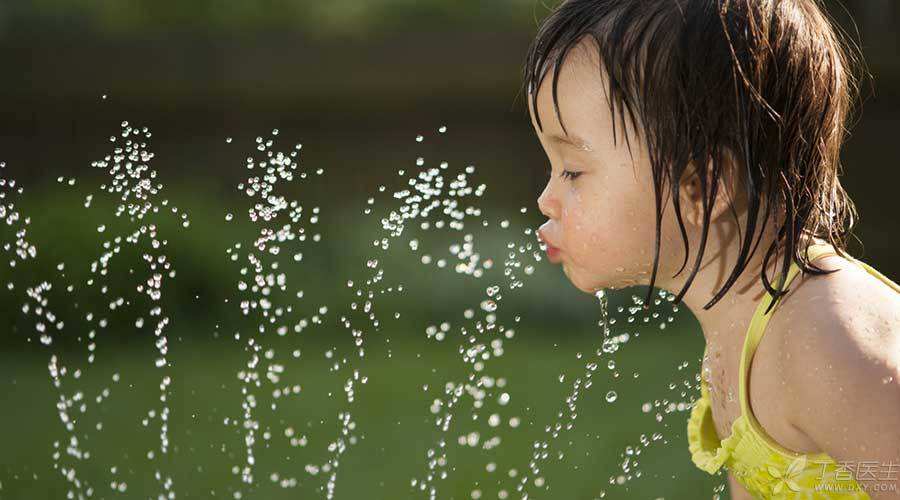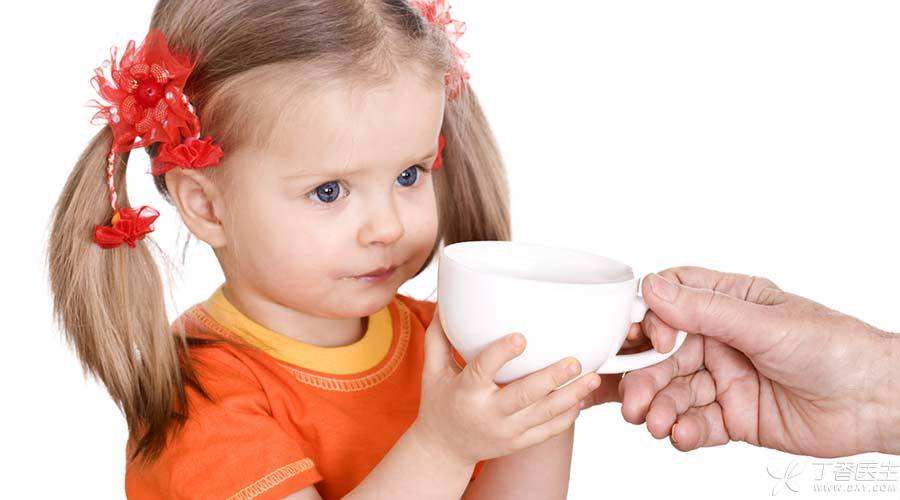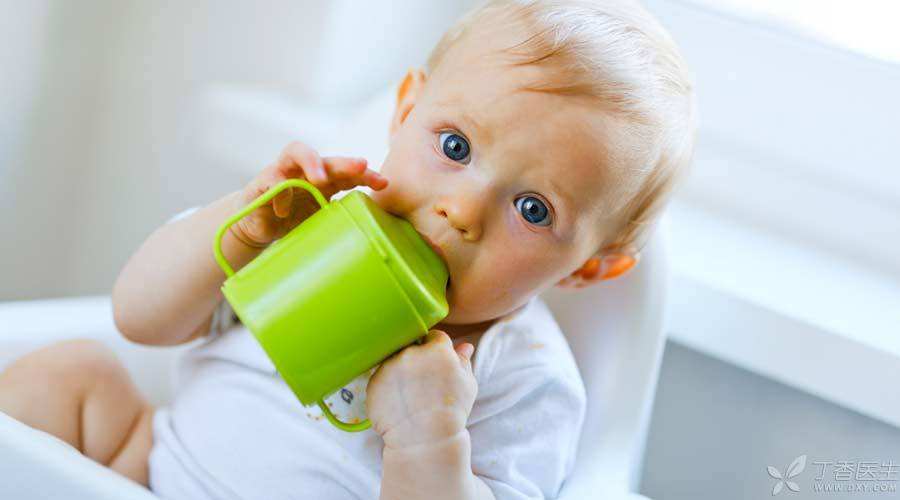
As the saying goes, water is the source of life. Water accounts for about 70% of adults and a higher proportion in children, which plays a vital role in maintaining health.
In hot summer, sweat is excessive, air conditioning and refrigeration lead to air dryness, etc. For babies who have added supplementary foods, they must replenish water to their bodies in time.
Adults must use cups to drink water, but it is not so easy for babies to drink water with cups obediently. Let’s count the knowledge here one by one today.
Learn to use cups after half a year old.
The American Academy of Pediatrics suggests that babies can learn to use cups after half a year old and leave bottles around the age of one, not more than 18 months at the latest.
1. Let the baby learn to use cups to promote development.
The most critical benefit is to improve the coordination ability of the baby’s eyes, hands and mouth, promote the development of the baby’s mouth and lip ability and chewing and swallowing ability, and prevent the adverse effects of the bottle on the baby’s mouth and teeth (have you ever heard of bottle caries? Please click here), it is also good for the baby’s psychological and language development (imagine your baby drinking water with a bottle among a bunch of children …), in short, it is part of promoting his development.
2. Long-term use of feeding bottles will affect sleep.
For babies who use bottles to feed formula milk, the more they get to the back, the more the bottles will become a spiritual dependence, which will also prevent the babies from learning to sleep alone at night. Then you can only follow the rhythm of the babies and milk at night all the time… If you want to wean at the back, the difficulty coefficient will also rise sharply.
3. Use cups to reduce the risk of otitis media.
Accustomed to eating milk and drinking water in a bottle while lying down, the risk of otitis media, choking cough and even suffocation will be higher. Instead, using a cup to let the baby drink milk and water with the cup will help correct the child’s habit of drinking milk while lying down, and it will not be easy to fall asleep while drinking, thus reducing the risk of tooth decay caused by milk residue in the teeth to a certain extent.
Therefore, around 6 months ago, parents should let the baby start learning to use cups, regardless of whether the baby has used bottles before.

What if the baby doesn’t want to use the cup?
It takes about 6 months for the baby to learn and get used to drinking all kinds of liquids from the cup. This process is not achieved overnight. Especially compared with the baby who was completely fed by the mother before, it is more difficult for the baby who used the bottle before to accept the cup, but even if there are difficulties, he should stick to it.
In terms of method, it can be adjusted according to the order of [noon-morning-evening]: try to feed the baby with breast milk or formula milk from the cup starting at noon, then try to do so in the morning, and finally adjust the feeding method at night.
If the baby is very attached to the mother’s breast, the father or others can take the cup to feed the milk and water in the process. Of course, don’t forget to give the baby more hugs, kisses and strokes to make up for his loss.
Special Cup for Transition Selection
During the transition period, you can choose special cups that are beneficial to your baby’s practice, collectively referred to as learning drinking cups, including duckbill cups, straw cups, etc.
Duckbill cups have large handles for children to grab, It is also divided into soft mouth and hard mouth, which are respectively suitable for babies with delicate gums under one year old and babies with better control over one year old. Some also have choking prevention, leakage prevention and gravity ball design, which not only satisfy the curiosity of the baby, but also ensure that the baby can drink water in any posture, and is safe and will not be choked.
The time can be arranged as follows:
- When the baby is five or six months old, parents can let the baby try to use the duckbill cup. At the time of eight or nine months, replace the duckbill cup with a straw cup. It is best to let children get used to using ordinary cups after one year old.
For children who have learned to use ordinary cups, they can choose cups that are not afraid of falling, do not leak water, are easy to clean and have safe materials. When going out, they can also choose cups with shoulder straps and heat preservation for convenience of carrying and drinking.

The amount of water to drink is exquisite.
If you wait until you feel thirsty to drink water again, the water content in your body is already out of balance, and your body is already in a state of chronic water shortage. At this time, replenishing water gets twice the result with half the effort. Therefore, for children, you cannot wait until they express thirst to replenish water.
How much water is appropriate for a day? China’s < < Residents’ Drinking Water Reference Intake Standard > > gives a reference range of drinking water for children of different ages:
Half-year-old ~ 1-year-old: 0.9 L/day
1 ~ 4 years: 1.3 L/day
4 ~ 7 years: 1.7 L/day
7-11 years: 1.8 L/day
The amount here refers to the total amount of water in all diets during the day. When calculating the pure amount of water to be fed, remember to reduce the water content of other foods in your diet.
Parents can get up early in their children, sweat a lot between meals, and after exercise, let their children replenish water in due course, but avoid not letting them drink a lot of water at a time when their children are extremely thirsty. In addition, children’s stomach and intestines are delicate, and it is suggested that they can drink warm and cool water, but they cannot rashly drink a lot of ice water for the sake of cooling, which is easy to cause gastrointestinal discomfort.
Moreover, the weather, humidity and even disease status will affect the baby’s demand for water. Parents should learn to observe the baby. For example, when the baby’s lip mucosa is dry, urine turns yellow, urine volume decreases, etc., they need to consider increasing the amount of water replenishment.
Plain boiled water is the best
Apart from breast milk, the best drink for children is plain boiled water, which is not only safe and cheap, but also contains a variety of trace elements needed by human body and is beneficial to health.
-
Lack of cellulose in fruit juice, and high sugar content, excessive drinking is easy to cause children’s diarrhea, tooth decay and other problems, it is not recommended to drink more;
-
In addition to water, vegetable soup water also contains salt. Replenishing water with soup will make children consume too much salt and increase their body burden. In particular, babies under one year old should not drink any soup with condiments such as sugar and salt.
Drinking water seems to be a common thing in daily life, but it is closely related to the baby’s health. If you want your baby to drink healthy and healthy water, it is essential to master scientific drinking methods. Have you learned?
